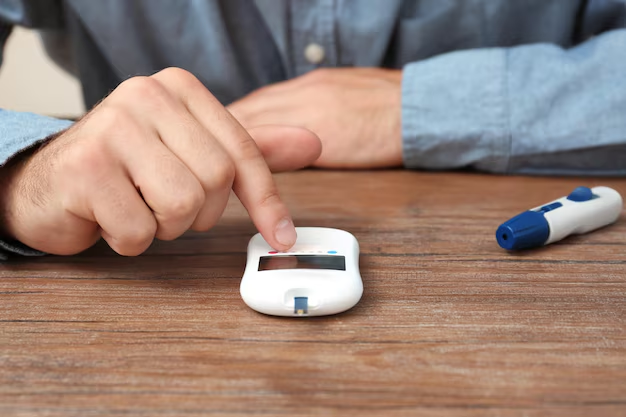Understanding the Sensations of Diabetes: What You Need to Know
Living with diabetes can feel like an ever-present balancing act where managing blood sugar levels becomes second nature. The sensations of diabetes often vary greatly among individuals, but they share common threads that can affect both body and mind.
The Physical Symptoms
For many, diabetes manifests through constant fatigue, leaving individuals feeling perpetually tired despite adequate rest. This relentless exhaustion can impede daily activities, making even simple tasks seem daunting. Who knew that managing energy could become such a precise science?
Another hallmark sign is persistent thirst and increased urination. As the body struggles to regulate glucose levels, it often demands more fluids, leading to frequent bathroom trips. This symptom is not only inconvenient but can also affect sleep quality, further exacerbating feelings of fatigue.
Additionally, individuals with diabetes might experience blurred vision or fatigue from fluctuating blood glucose levels. These changes occur as high sugar levels cause lens swelling or dehydration in the eye, intermittently affecting clarity.
Emotional and Mental Impacts
The emotional rollercoaster is another dimension of life with diabetes. The stress of constant monitoring and management can lead to anxiety or depression. Many find themselves mentally preoccupied with counting carbohydrates, remembering to take medication, or worrying about potential complications. Mood swings can accompany sharp spikes or drops in blood sugar, making emotional regulation challenging.
Continuous glucose monitoring and dietary vigilance can lead to feeling trapped in routine. This urge to control every dietary intake can sometimes strain relationships, as meal planning becomes less spontaneous and more calculated.
Managing the Financial Burden
The financial implications of diabetes management, from medications and testing supplies to doctor visits, can present a significant burden. For many, diabetic care quickly becomes a separate line item in their budget, requiring strategic planning and foresight.
Fortunately, various forms of assistance exist to alleviate this strain:
Government Aid Programs: Medicaid and Medicare can help cover some of the costs associated with diabetes care for eligible individuals. These programs can significantly mitigate medical expenses related to diabetes.
Financial Assistance Options: Non-profits and organizations like the American Diabetes Association often provide financial support or resources to help manage costs. Additionally, pharmaceutical companies sometimes offer discounts or patient assistance programs for certain medications.
Debt Relief and Credit Solutions: Managing medical debt can be overwhelming. It might be beneficial to explore debt consolidation services or speak with a financial advisor about tailored credit solutions specifically for medical expenses.
Educational Grants and Resources: Diabetes education programs are widely available and can equip individuals with the skills and knowledge to manage their condition better. Many resources also offer scholarships or grants to make diabetes self-management education more accessible.
Feeling the impact of diabetes daily isn't just about the physical sensations—it’s about navigating financial, emotional, and lifestyle challenges. Ensuring you have access to the right tools and support systems can significantly change living with this chronic condition, making life more manageable and less stressful.
Financial Assistance and Support Options 🛟
- Medicare and Medicaid: For eligible individuals to cover health care costs.
- Non-profit Support: American Diabetes Association's financial resources.
- Patient Assistance Programs: Discounts on medication from pharmaceutical companies.
- Debt Consolidation Services: Tailored solutions for medical expenses.
- Diabetes Self-Management Education (DSME) Grants: Access to scholarship programs for educational support.
